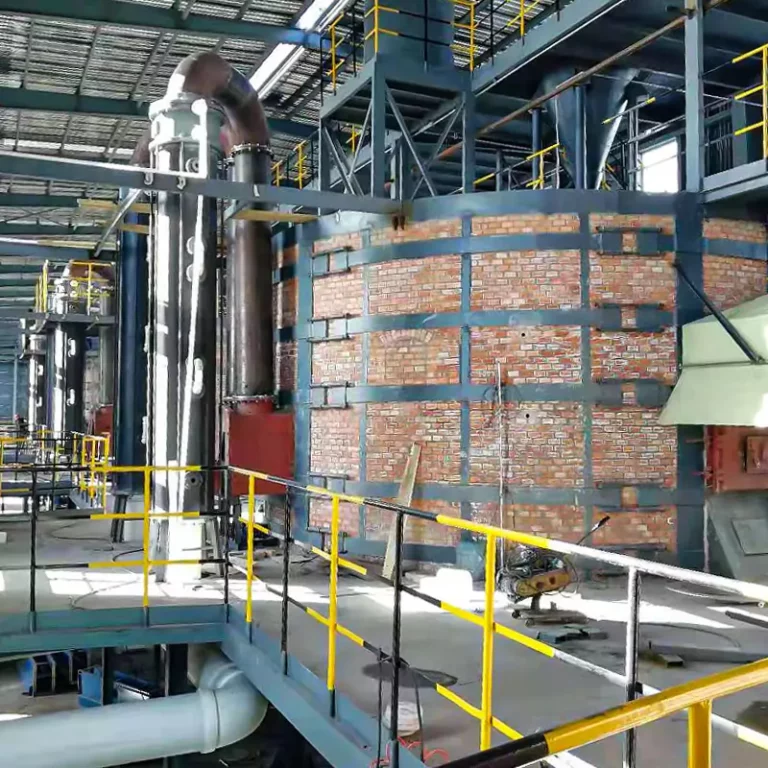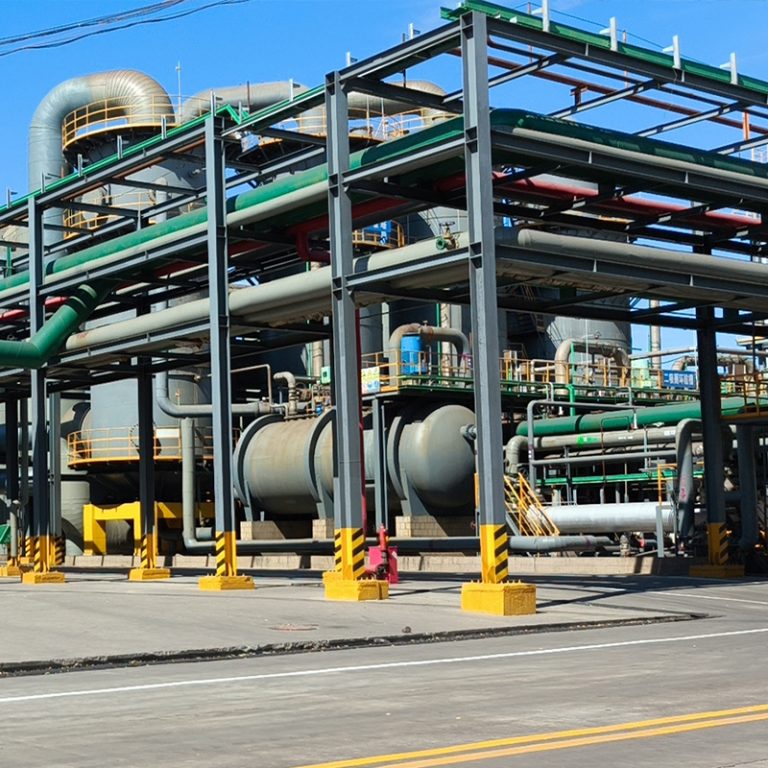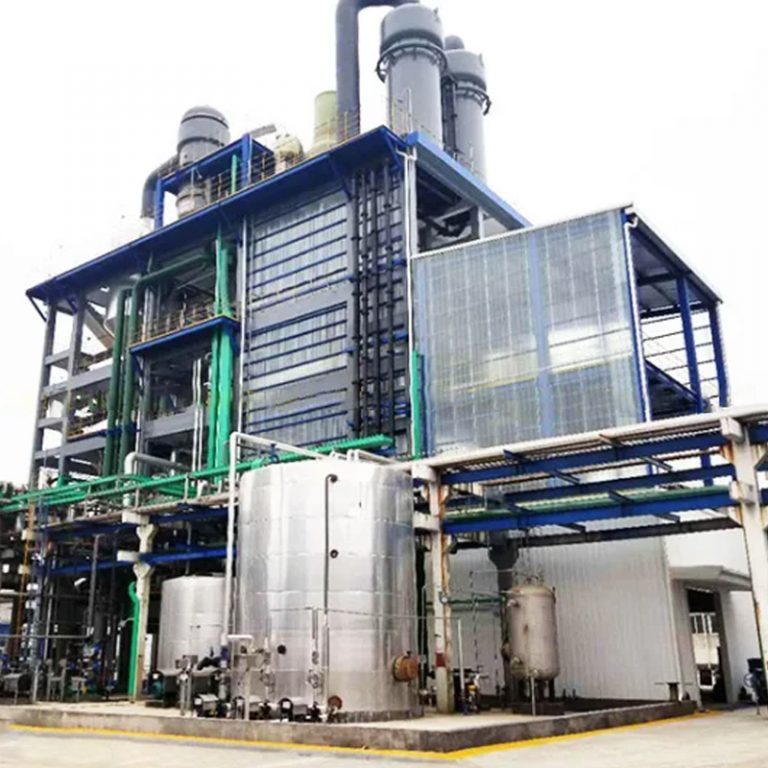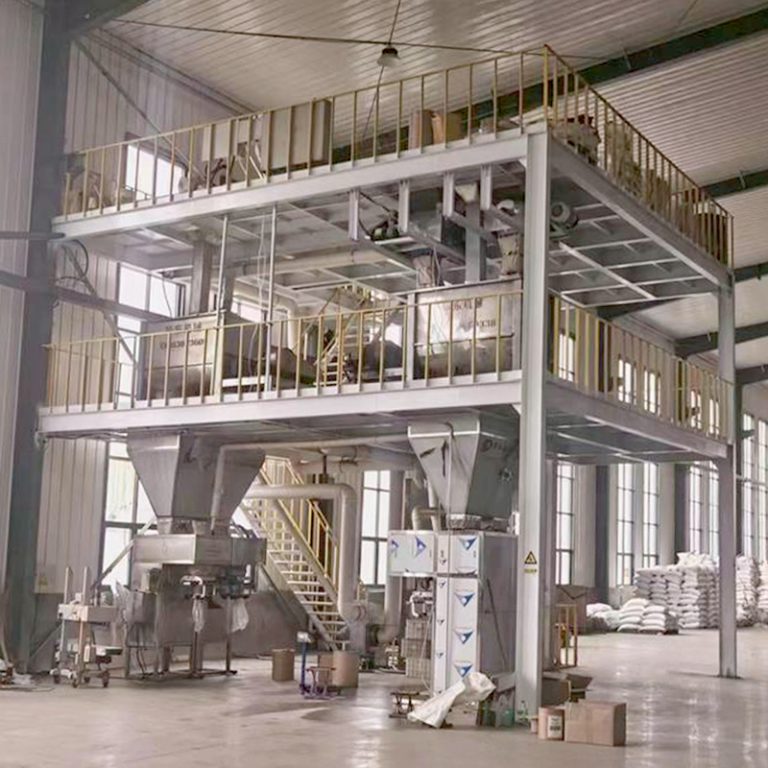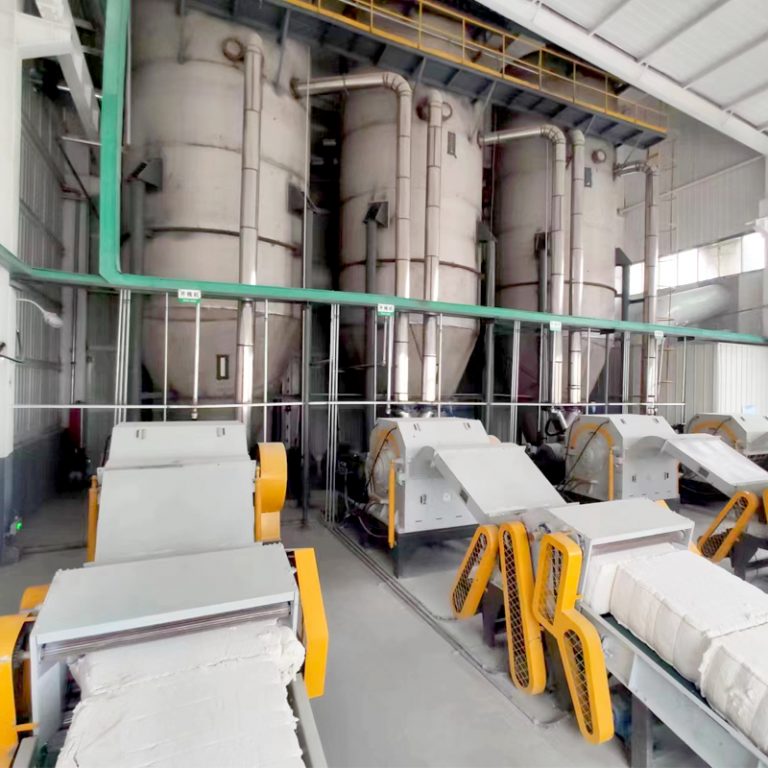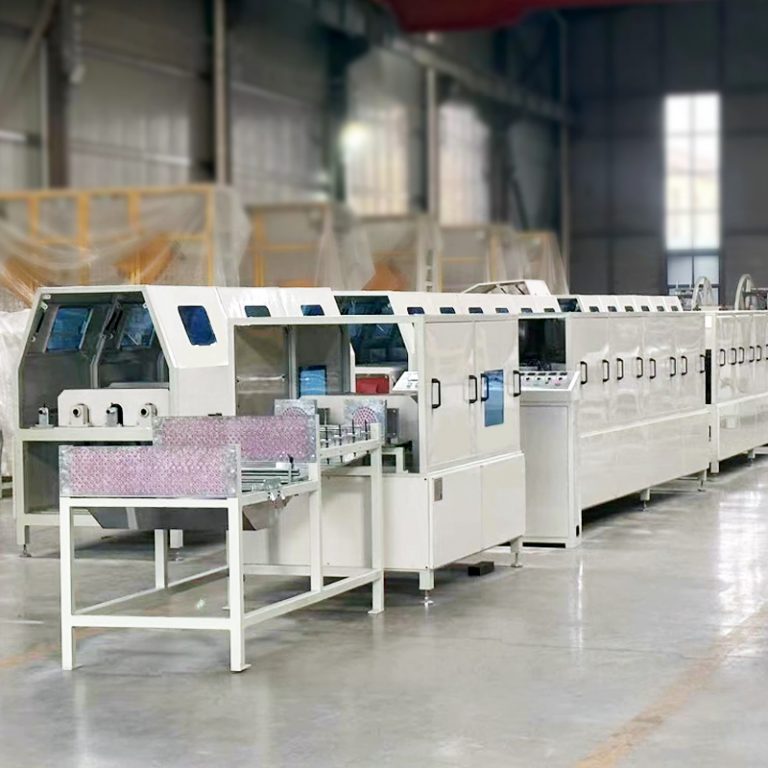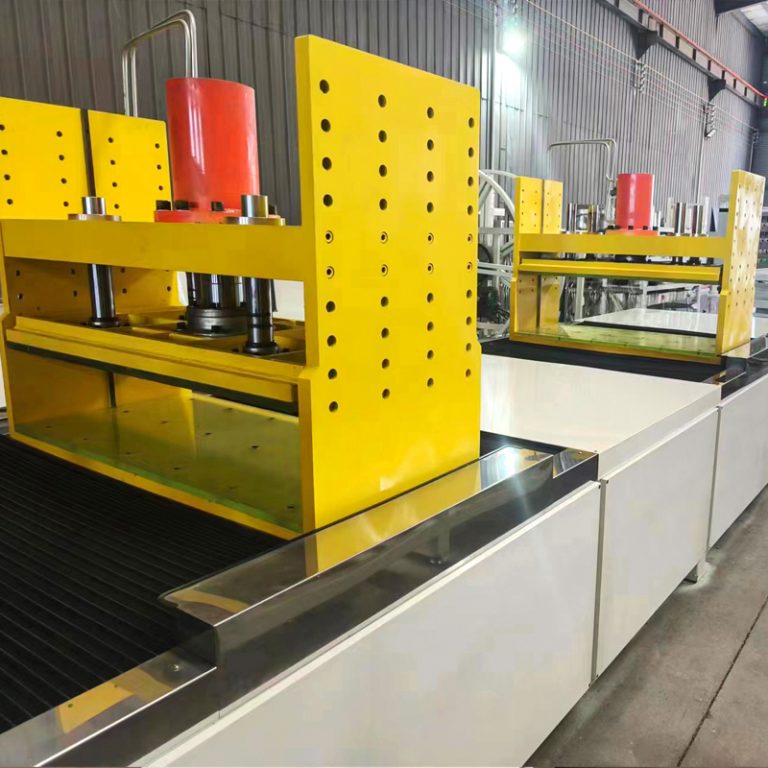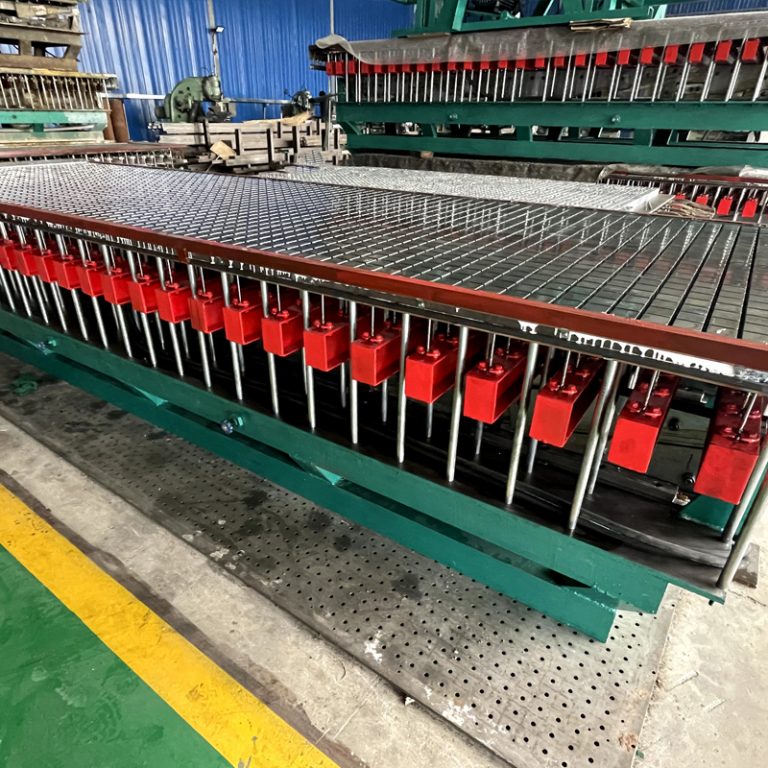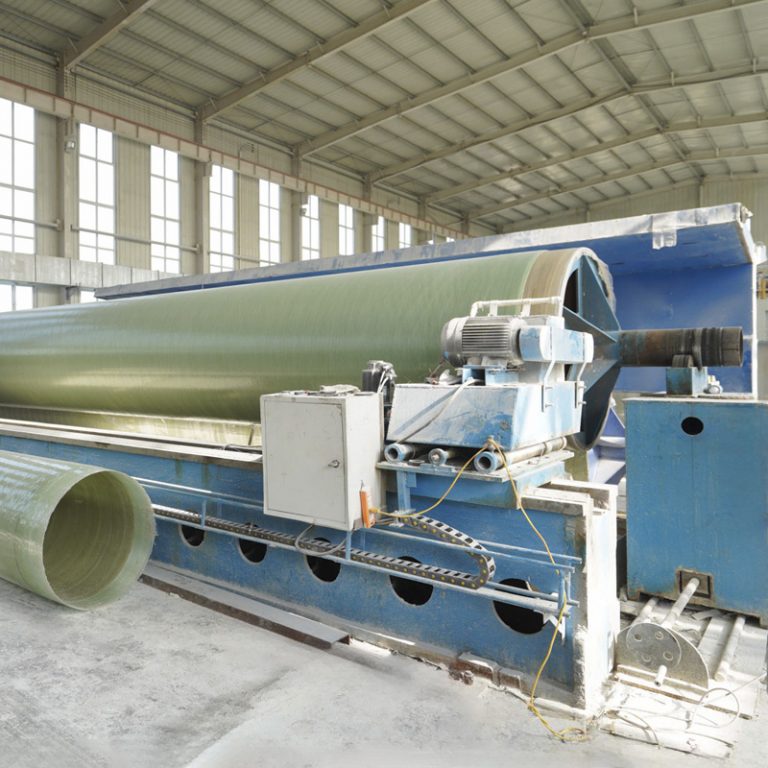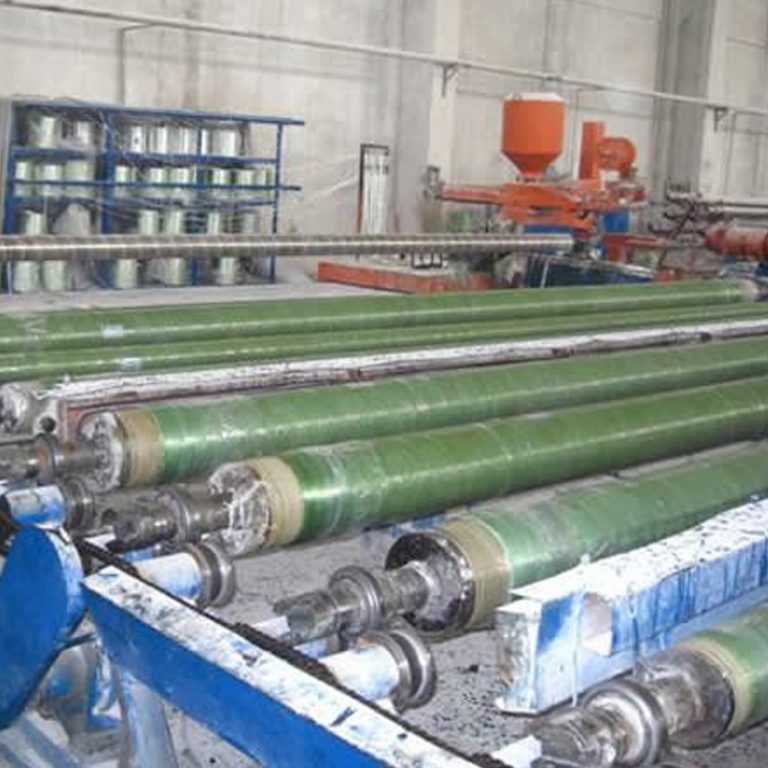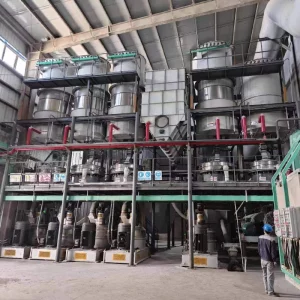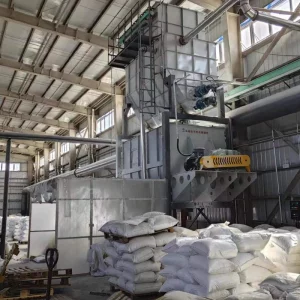Enhancing Efficiency in HPMC Production
Introduction to the HPMC Production Line
The manufacturing line for Hydroxy Propyl Methyl Cellulose (HPMC) plays a role in producing a range of industrial and consumer goods used daily by people worldwide. HPMC serves functions in various sectors, including construction, pharmaceutical, food industry, cosmetics, detergents, and paints as a thickener, emulsifier, film former, binder, dispersant, and protective agent. The process involves converting high polymer cellulose into nonionic cellulose ether through several chemical steps. The change leads to a powder that has no smell or taste and is safe to use as it dissolves in cold water to create a clear thick liquid.
Key Components of the HPMC Production Line
The HPMC production line includes crucial elements that guarantee the effective production of top-notch goods. This assembly primarily comprises thirteen sections which are the crushing unit, cotton storage area, measurement space, etherification setup, drying mechanism, packaging station for finished products, basic infrastructure facilities, tank farm installations, warming system, DC power control system, wastewater treatment setup, engineering setups and pipeline connections, and fire prevention mechanism. Each part serves a role in upholding the integrity and excellence of the end product.
Benefits of Streamlined Processes
Improving operations along the HPMC production line comes with a range of advantages: optimizing every step helps manufacturers boost efficiency while cutting down on waste and operational expenses simultaneously. Better control over processes ensures product quality remains, safety measures are enhanced. Moreover, smoother operations can ramp up production levels. Minimize downtime to make the most of available resources effectively.
Technological Innovations in HPMC Manufacturing
Automation in the Production Process
The production process of HPMC has been transformed by automation by reducing involvement and enhancing accuracy levels significantly. Automated systems enable the monitoring and regulation of key factors like temperature, pressure, and chemical levels in real-time. With this level of automation in place, each batch is guaranteed to meet strict quality benchmarks while also decreasing the chances of mistakes or irregularities.
Advanced Monitoring and Control Systems
In today’s HPMC production lines, having monitoring and control systems is crucial. These systems offer data analysis that helps manufacturers make well-informed decisions regarding process adjustments. Through the use of data-driven insights, businesses can enhance their operations to achieve efficiency and productivity levels.
Sustainable Practices in HPMC Production
Sustainability is becoming increasingly important in industrial manufacturing processes. In HPMC production lines, sustainable practices include minimizing energy consumption through efficient heating systems and implementing effective waste management strategies, such as sewage treatment systems. These measures not only benefit the environment but also contribute to cost savings over time.
Challenges and Solutions in HPMC Production Lines
Common Obstacles Faced by Manufacturers
Manufacturers frequently face obstacles when running HPMC manufacturing lines, such as equipment breakdowns, quality variations in raw materials, compliance with regulations, and ensuring uniform product standards throughout different production runs.
Strategies for Overcoming Production Challenges
To tackle these obstacles successfully in manufacturing settings, companies have the option of employing approaches like purchasing cutting-edge machinery that boasts advanced capabilities for improved dependability and efficiency. Enforcing quality assurance procedures guarantees that the materials used adhere to necessary benchmarks before being utilized in the manufacturing process. Furthermore, ongoing training initiatives for employees aid in sustaining a level of proficiency among production line workers.
Through its dedication to innovation and customer satisfaction, Aoliande has played a role in advancing technology in the industry, offering tailored solutions for HPMC production lines with the help of experienced professionals who provide technical consultation services from design support to commissioning guidance, ensuring smooth integration into existing infrastructure without any interruptions or delays.
Aoliande’s Contribution to the Industry
Overview of Aoliande’s Role in HPMC Production
Aoliande as a figure in the HPMC production sector by prioritizing top-notch solutions for its customers to meet industry benchmarks consistently with a strong focus on innovation and dependability—essential for optimal HPMC manufacturing operations. Support from Aoliande spans across the entire production cycle from design inception to system integration, for smooth processes.
Other Products by Aoliande
Aoliande doesn’t just focus on HPMC production lines; they also provide a variety of products customized for different industries to boost efficiency and productivity levels in various sectors by offering specialized equipment and solutions tailored to meet the specific needs of manufacturers with their wealth of expertise and experience in the field.
At Aoliande, we show our dedication to excellence by improving technology in our industry and offering custom solutions for HPMC production lines to stay at the forefront as an innovative leader working towards success alongside global customers. If you need information or help feel free to contact us through Whats App at +86 13363884492 or via Email at belen@aldfrp.com.
FAQ
What are the common raw materials used in the HPMC production line?
In the HPMC production process, natural high-polymer cellulose serves as the raw material. Through a sequence of chemical treatments, this cellulose is converted into nonionic cellulose ether, which ultimately yields Hydroxy Propyl Methyl Cellulose (HPMC). This conversion step is essential for creating the colorless white powder that defines HPMC.
How can we ensure the quality of HPMC during production?
To maintain standards in the manufacturing of HPMC it is important to have strict quality checks in place at all stages of the production process. This means overseeing the quality of materials before they go into production and using sophisticated automation technology to monitor factors like temperature and pressure, in real-time. Furthermore, data-driven analysis can be utilized to improve operations and ensure a level of product quality.
What role does automation play in the HPMC production line?
Automation plays a role in increasing efficiency on the HPMC production line by reducing the need for human involvement and allowing automated systems to maintain control over crucial parameters for ensuring product quality is consistently high quality. Each batch undergoes real-time monitoring to quickly identify any irregularities or deviations from standards.








